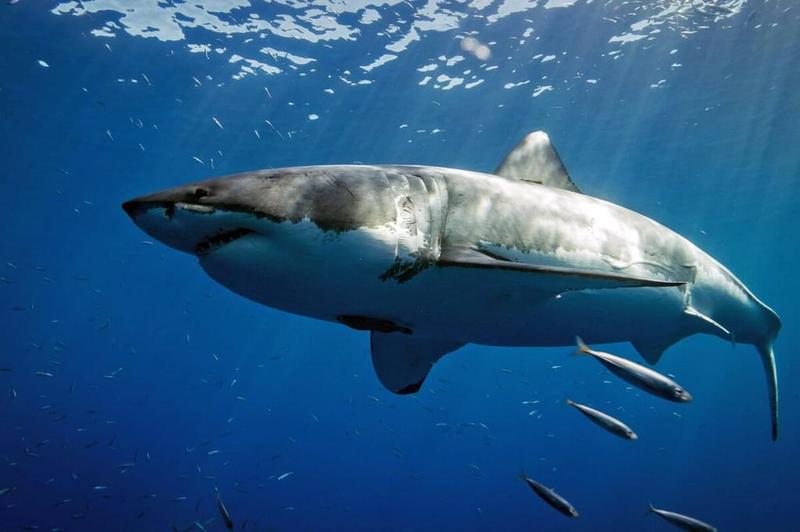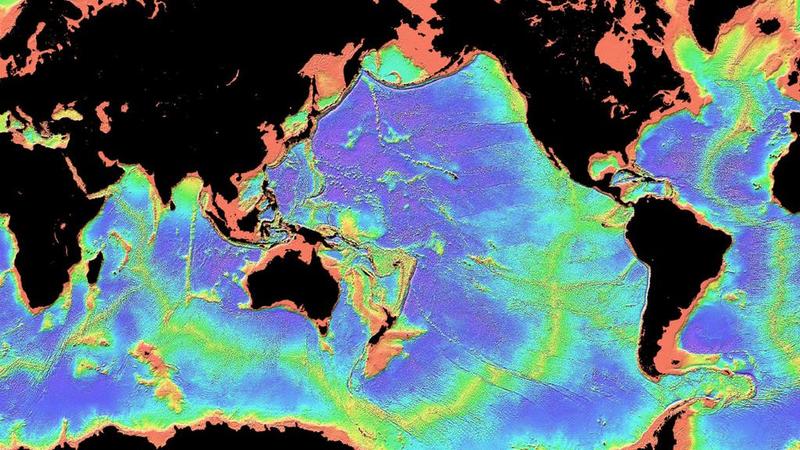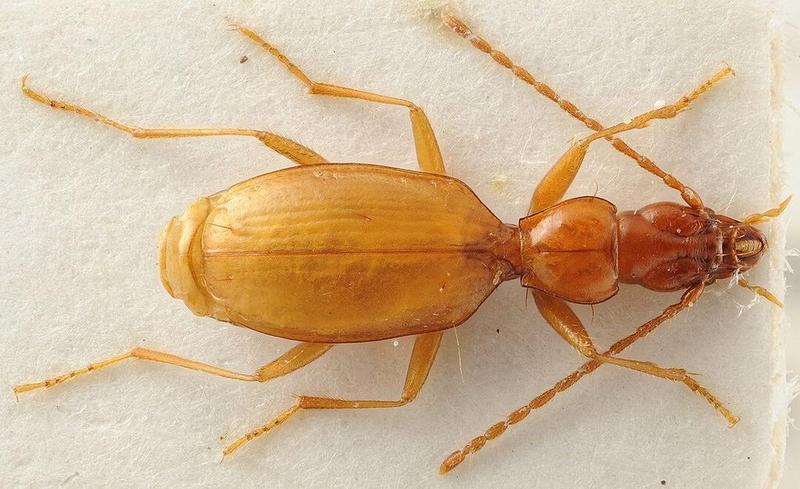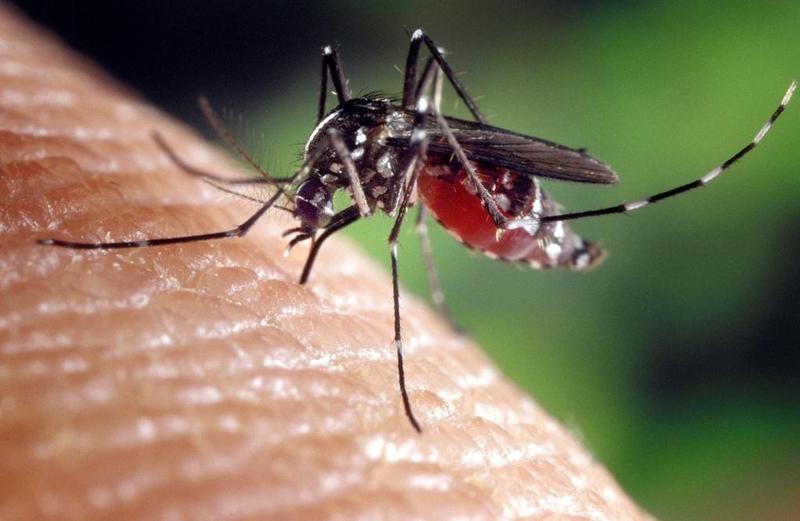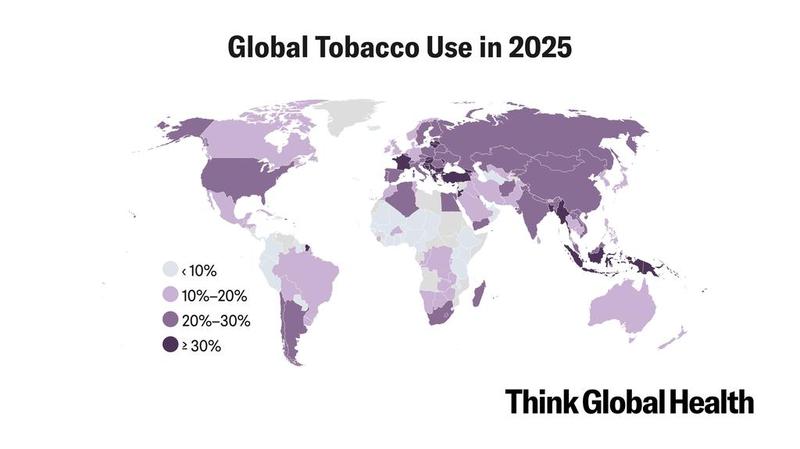
Tobacco Control in Indonesia Hits Another Roadblock | Think Global Health
Faced with illicit cigarette trades and a low tobacco excise tax, Indonesia continues to struggle with its smoking epidemic


Feature for JakartaPost

Stories that are originally for my class assignments


